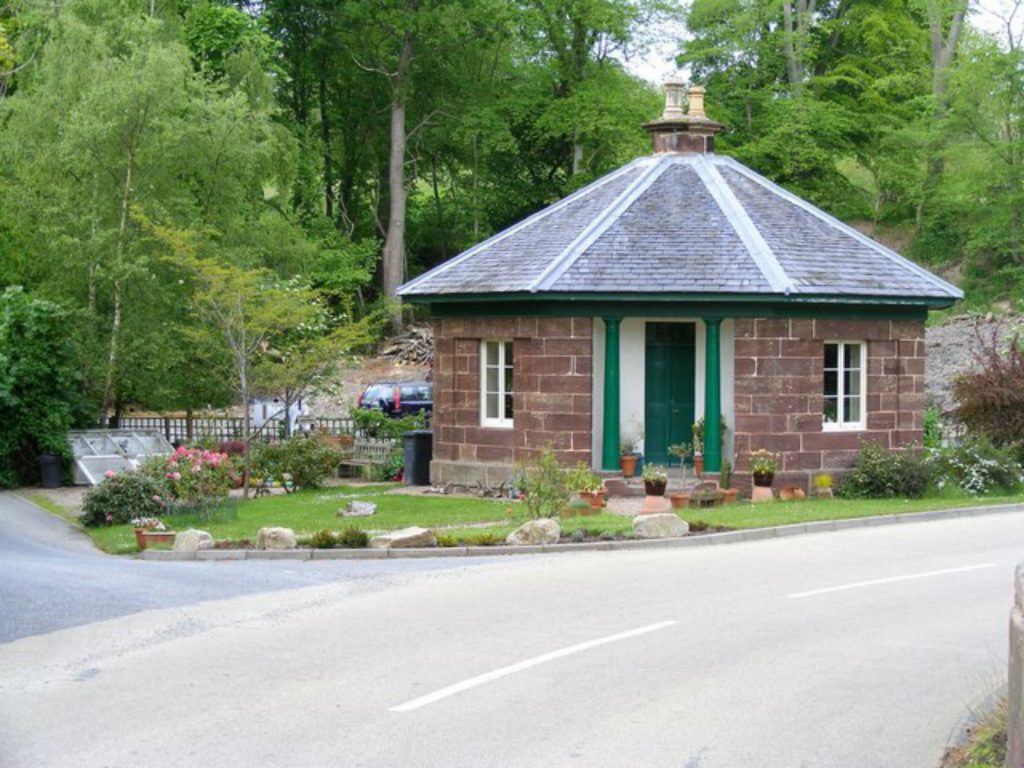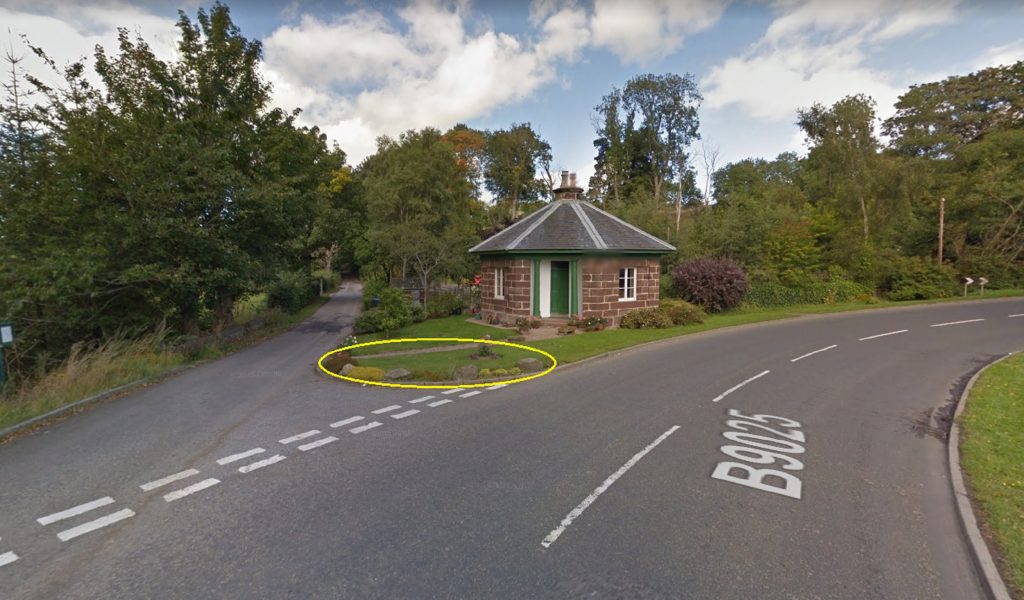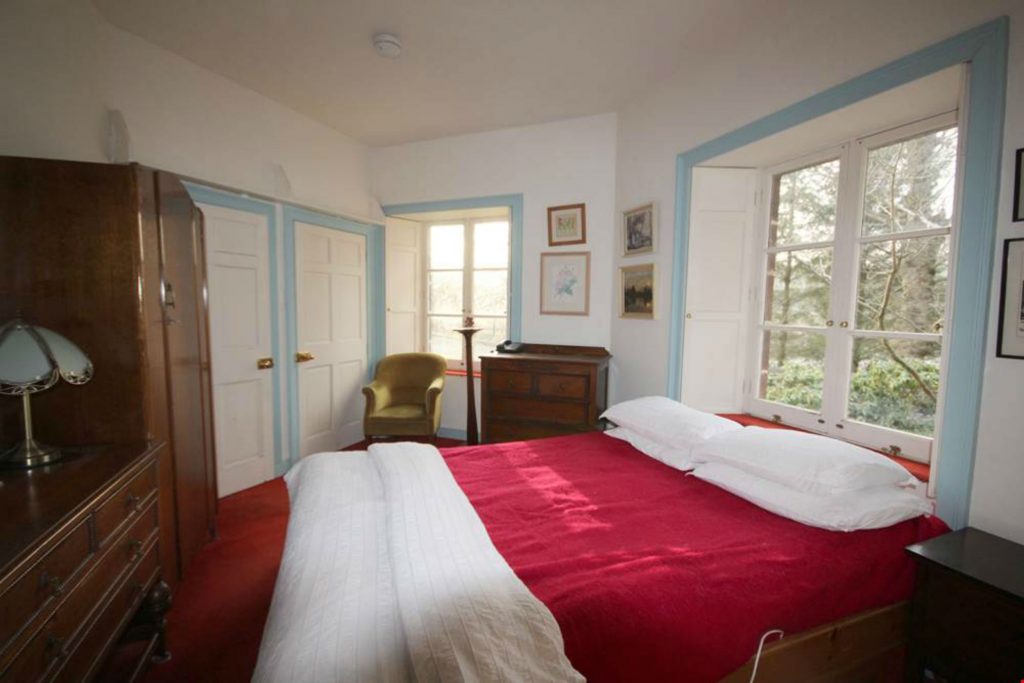A RARE and historic toll house that was taken apart stone-by-stone and rebuilt a few metres away is on sale as a home for just £80,000.
The hexagonal building was constructed in 1826 to collect tolls from Deveron Bridge in Turriff, Aberdeenshire.
The B-listed structure was painstakingly moved eight metres in 1996 to make way for a new road junction.

Designed by the Victorian architect William Robertson, the Old Toll House sits in the enviable position next to the River Deveron – one of the best salmon rivers in the country.
The quirky home features an underground cellar and plain interior designs, with white walls, and stone flooring with a carpeted bedroom. Into the Tardis-like space is packed a living room, separate kitchen, bathroom and entrance vestibule.

Marketing Future Property Auctions described the small home as “unique, pretty and quaint”.
Writing in the brochure they said: “[The] property would make Ideal Holiday home/holiday rental. With its unique style it would be sure to attract tourists looking for a long weekend in a quirky property.
“The property was moved and reconstructed in 1996 by the North East Preservation Trust to the original design and provides a potential purchaser with the opportunity to own their own piece of history.
“There is a cellar below the property accessed from a stairway to the side of the property. The garden ground to front is set out in lawn and the side and rear is laid to cultivated vegetable and flower gardens.
“The property retains the original style of windows with wooden shutters.”
Due to the re-alignment of the B9025 the toll house was carefully deconstructed and rebuilt further away from the road by the North East Scotland Preservation Trust.
According to British Listed Buildings, William Robertson the designer was well-established in the area, having designed a range of public buildings.
They wrote: “William Robertson established his own architectural practice in Elgin around 1823 and was a leading architect in Moray and north Aberdeenshire from the early 1820s until his death in 1841.
“His work was wide ranging including churches, public buildings and domestic architecture including country houses such as Aberlour.”


